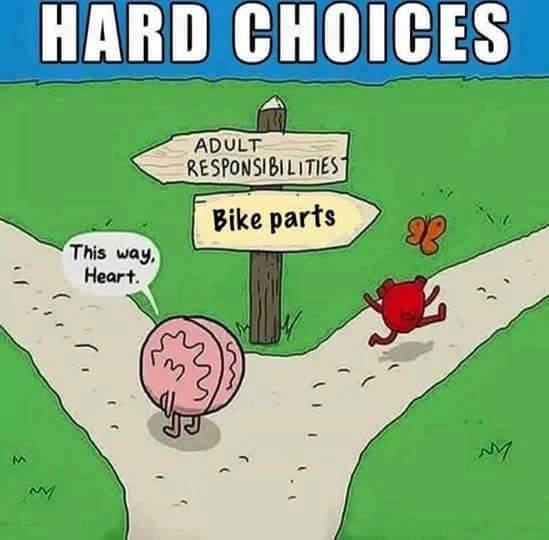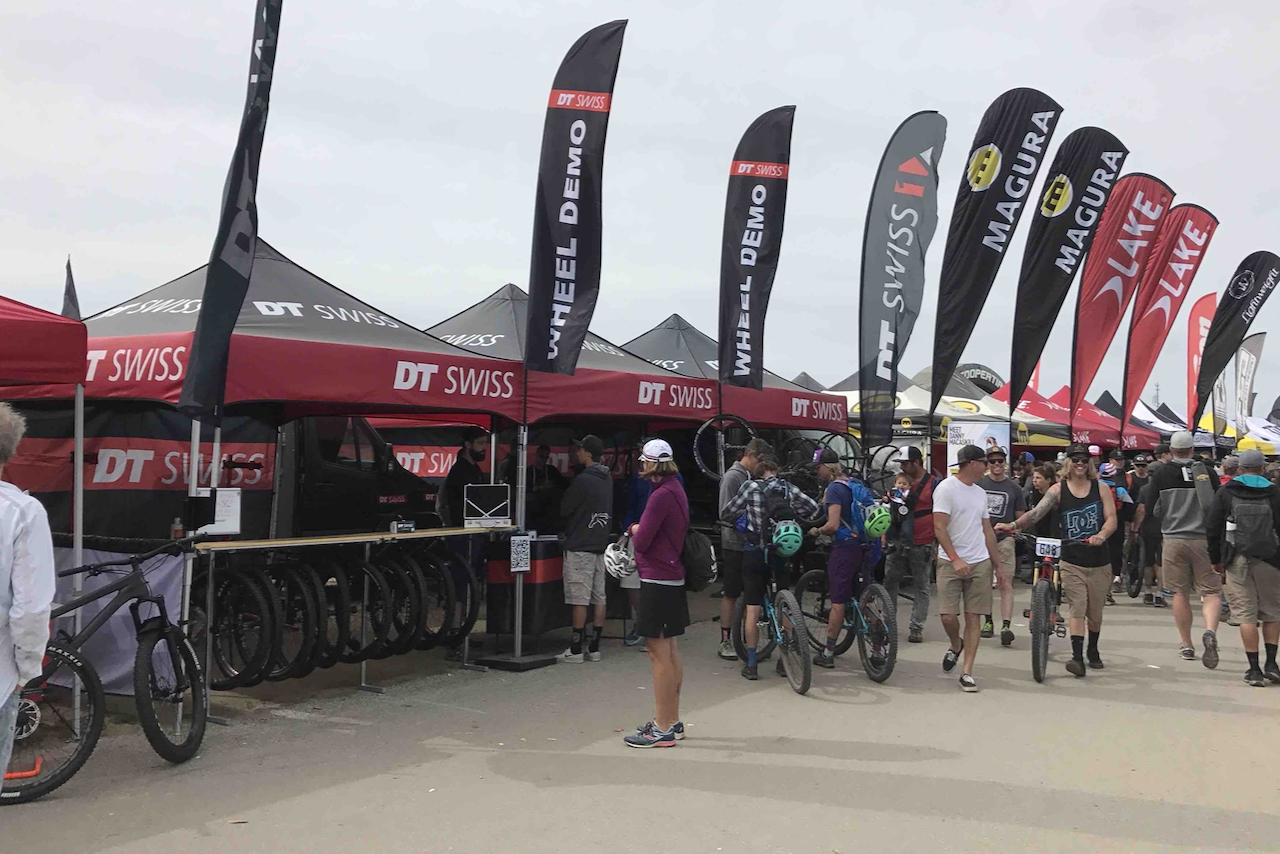
8 Minute Read

8 Minute Read
There are a lot of bike manufacturers out there, most of which actually all make their frames in shops owned by either Trek or Giant out in Taiwan or China. As such, you’ll find that a lot of the lines across bike manufacturers seem to ring familiar, as there are a lot of similarities from “race frame” to “race frame” and from “endurance frame” to “endurance frame”.
From my past experience in purchasing a Giant bike, you’ll typically see similar categorization like you would car models. Beyond the actual bike frame model (i.e., “TCR” or “Emonda”), you’ll notice that:
Even smaller manufacturers will likely follow some kind of similar pattern, as these numbers represent steps up in both carbon quality and in component quality.
It’s the name of the game when it comes to road bike frames these days. When I first got sold on a road bike, I was under the impression that there were “aluminum”, “semi-carbon” (basically an aluminum frame with a carbon fork), and “full carbon”. My friends and even made jokes about how ridiculous I was being at the time, as everything I was considering purchasing was “full carbon”.

Basically carbon is so popular because it has natural flex built into it that helps translate into dampening the road’s vibrations while still retaining stiffness in key areas. This means you can be more comfortable on a road bike (remember, they don’t have shocks like mountain bikes do) while also being able to translate a greater percentage of your pedaling efforts into forward motion.
And, of course, technology has gotten better over the years, so “carbon” is not the same as “carbon” in some cases. It’s technically a composite material of carbon and resin that’s weaved like a paper-mache, so different patterned weaves, thicknesses, and even directions can actually change the ride dynamics quite dramatically.
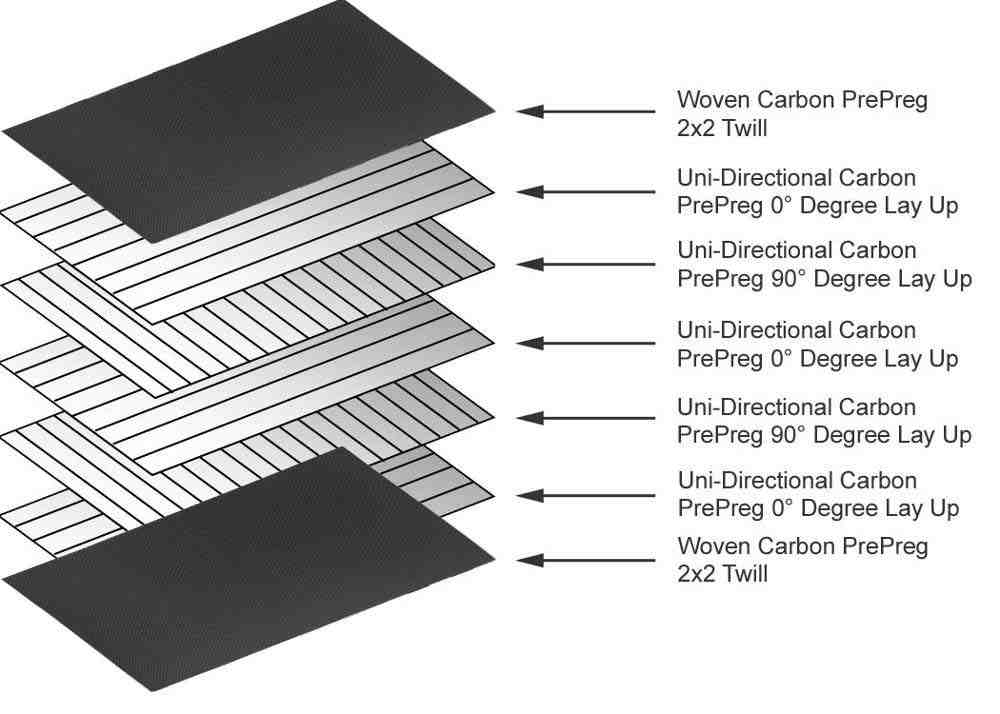
This means higher end frames will have a “better grade” carbon compared to their other carbon frames, with peppered in phrases like “12k weave” that each refer to these specifics. Manufacturers need to balance stiffness and strength in a frame with overall weight, but everyone wants the lightest bike possible.
Local bike shops are a wonderful, local resource that you should have access to. It’s always a good idea to support and shop locally whenever you can. There isn’t a lot of mark up that bike shop owners make on the initial bike purchases, so they usually rely on service and established, repeat customers to stay in business. So once you find a good one, it’s a great idea to help support the hobby generally by building up a relationship with the local shop.
When I got my Giant TCR, I was recommended Fullerton Bicycles. While it was a bit of a drive away for me at the time, I had a fantastic experience with them, and even got to know the owner very well. It’s a phenomenal shop that I personally highly recommend if you’re in the Southern California area.
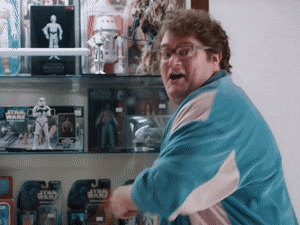
Some shops specialize in particular kinds of bikes (usually road cycling or mountain biking), and some specialize in a particular brand, as they are typically distributors for said brand. In my experience, you’re likely to find a Trek shop, a Specialized shop, or a Giant shop, if you find a shop that is more directly focused in on one brand. Other shops that do not necessarily have these brands will often carry a wider variety of bikes, some being more of the boutique variety such as Factor, Cannondale, or Italian brands like Bianchi and Colnago. Unfortunately they don’t always have as much variety within the brand you may be most interested in, but I’m sure would be happy to help you place an order with the bike of your dreams.
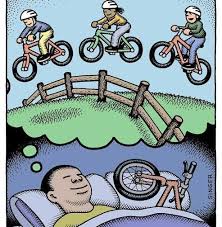
Bike shops can have a reputation for being a bit snooty, but I’ve found that if you’re honest, show that you want to learn about their products, and are genuine, they’ll be helpful back. Just like most other retail establishments, be a good customer, don’t occupy too much of their time if they’re busy, and you shouldn’t have any problems.
Another nice perk to shopping at your local bike shop is that the world of accessories that come along with the purchase of a bike. Having someone already familiar with what kinds of shoes, cleats, pedals, or other clothing options can be invaluable information that you’ll want to hear first-hand instead of trying to read everything online or through trial and error. At least until you get your feet wet and start to find out what items and styles you like more.
While you absolutely can (and absolutely should if you get into this sport like I have) customize a bike from frame to individual parts, it’s not the cheapest way to go.
Yes, even if you find a good deal online.
There are ways to cut costs a bit shopping the online route, but then paying someone to put things together for you and then not even having a local bike shop that helped you purchase this bike will often offset those costs very quickly. It also requires you to know what you’re doing, which you may not yet.
And that’s fine. Don’t let this stress you out. Just enjoy the process of finding out what bike you want to enjoy.
This has become a more popular option in recent years, made popular mostly by Canyon, a German manufacturer that has done a lot for the sport, including a lot of sponsorships for pro teams. However, support for them in the US can be tricky, and the custom parts that they use may prove challenging to find replacements or upgrades for. They also still unfortunately don’t have a US presence yet as far as brick-and-mortar go, so expect to pay for all the fixes you may need to bring you bike into the local bike shop for.
The local shop here that sells Specialized says they love Canyon. But that’s because it keeps them in business!
This all being said, however, if you’re mechanically handy and have a passion for it, buying a bike online can certainly be an enjoyable experience. You may need some specialized tools and some patience, but it can be rewarding all the same.
I can’t stress this enough.
Go take it out for a spin! Most bike shops will supply you with a helmet and only need a credit card and / or driver’s license before lending you a bike you’re curious about or interested in. Even high end shops will let you do this (if they don’t, perhaps you shouldn’t be purchasing from them anyway).
There’s also Yelp for this sort of thing, too. Although take that with a grain of salt, as typically shops with a few bad reviews may have had customers with some unmet or (more likely) unrealistic expectations.
While this isn’t really currently a thing in pandemic times, if you’re comfortable riding in groups and feel reasonably confident on a bike (like if you’re buying a more race-focused bike when you’ve been riding an endurance one, for example), try to find a demo day or a group ride out of your local bike shop.
Not only will you be able to build relationships with some of the staff that may come along on the ride, you’ll also get a chance to ride a demo bike in a real-life setting along routes you may already be familiar with. What a great way to get a good, solid ride in to truly put a bike through its paces.
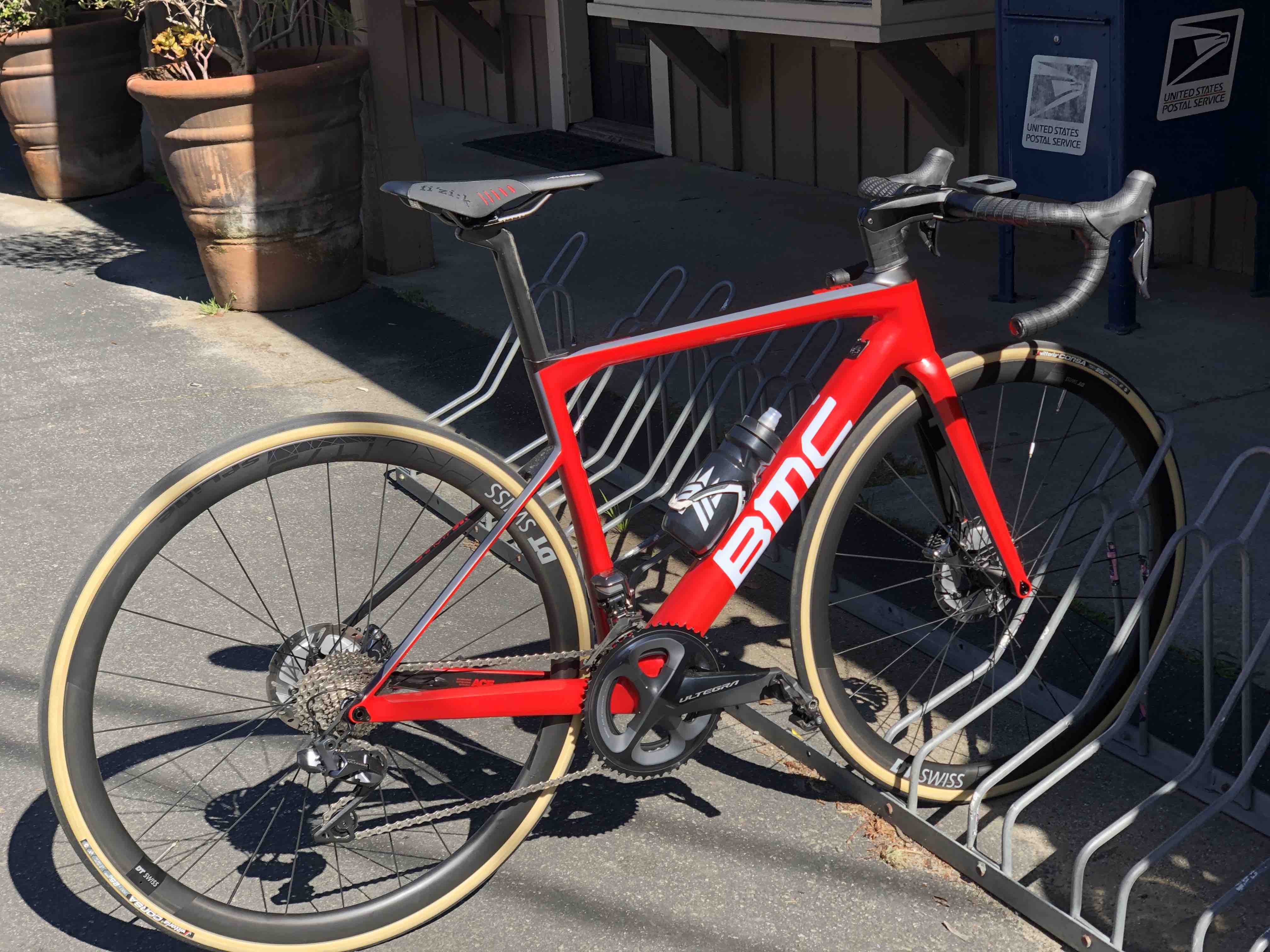
I did this with Palo Alto Bicycles a few years back just before I settled on getting my Factor O2 VAM. I was able to ride both a BMC TeamMachine and a Factor O2, both of which were surprisingly similar in feel. But after about 42 miles of climbing and aggressive descending, I could tell that for me, the BMC was harsher of a ride by comparison. I opted with the Factor in the end because of its price point, but I don’t think I would have been able to make nearly as informed a decision here without a more extended ride like this.
Depending on how serious you are with this decision, how long you have already been riding, or what your goals are with this new bike, I strongly recommend getting a good, in-depth bike fit from a professional bike fitter. And no, I don’t mean having someone in-store sizing you up for a few seconds, having you stand over the top tube, and calling it a day.
Perhaps if it’s a first bike, that’s fine. But if you plan to be using this bike for longer distances, you’re going to want to dial in your fit more. Besides, this will help you know which size frame to buy that will work best with other odd geometries you may have, because hey, we’re all different.
And shopping at a local shop will often be an easy way to find a good, local bike fitter who’s already well liked in your community.
Once you have the bike and some basic accessories, go get to it! There will be time for you to get more parts and accessories (like good bib shorts, for example), and you’ll learn over time what you like and don’t like. Ride safely, familiarize yourself with the rules of the road, and enjoy reliving that childlike wonder of freedom from on top of two wheels!
